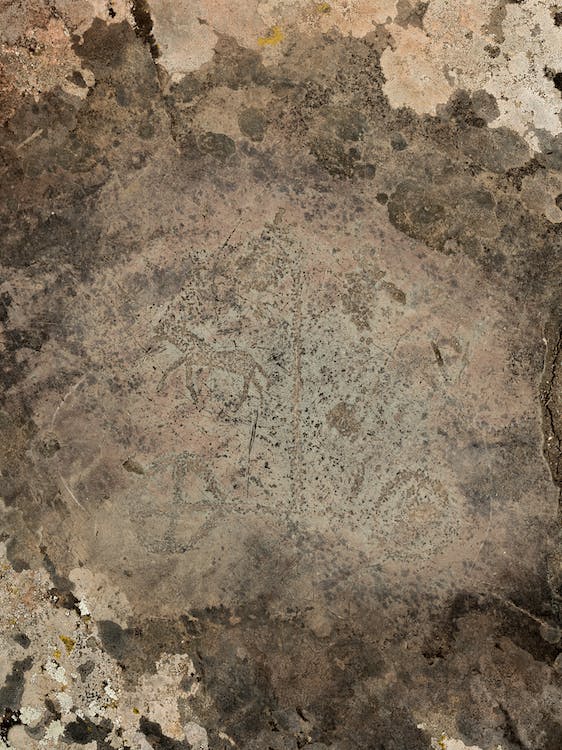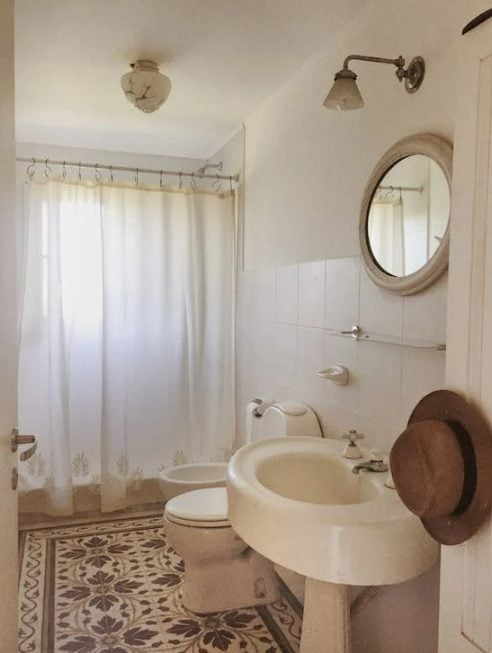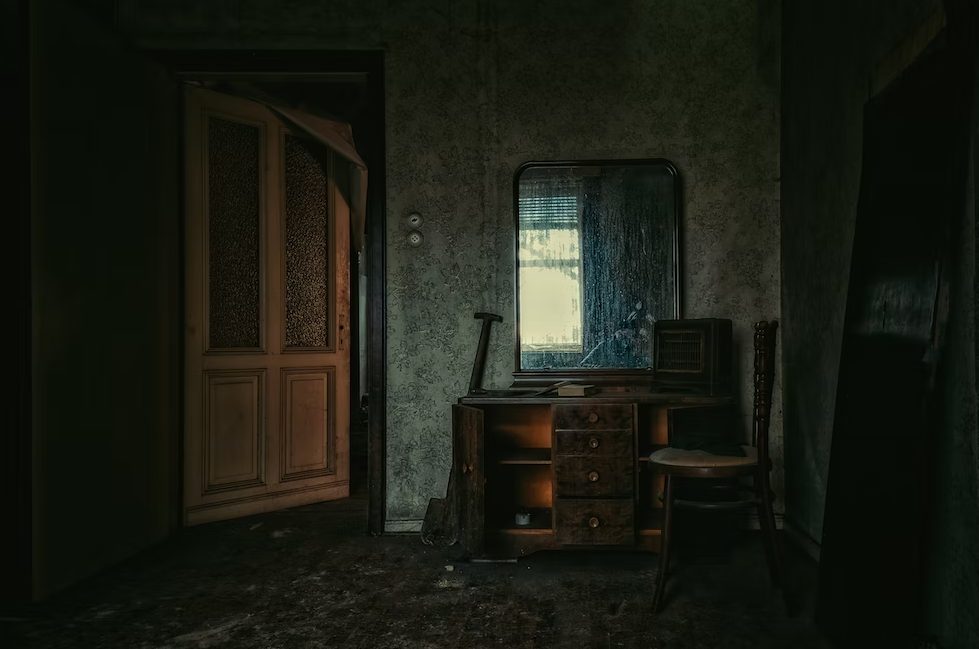BLOGS
How To Prevent And Remove Mildew
Mildew is a type of fungus that grows in damp or humid environments. It often appears as a dark, powdery or furry coating on surfaces such as walls, ceilings, and fabrics. Mildew can cause damage to buildings and can also have negative health effects, such as respiratory problems, when inhaled. It can be removed with specialized cleaning products or a solution of water and bleach.
According to the Cambridge Dictionary, a mildew is a green, black, or whitish area caused by a fungus that grows on things such as plants, cloth, paper or buildings, usually if the conditions are wet and warm.
The Difference of Mold and Mildew
Both mildew and mold are kinds of fungi that are frequently discovered growing in damp areas inside the home.
Mildew and mold are often confused with one another.
Both of these organisms are able to quickly disperse and can thrive on a wide variety of surfaces.
If either is allowed to flourish without proper care, it can quickly affect a significant portion of your property and lead to a variety of subsequent health issues.
The term “mildew” can refer to a number of distinct types of mold and fungus.
Mold growth, which typically exhibits a flat growth habit, is frequently referred to as mildew when the word is used in a generic sense.
Mold is a type of fungus that spreads rapidly in patches and has the ability to colonize porous materials found in your home.

All species of microscopic fungi that develop in the type of multicellular filaments known as hyphae are collectively referred to as molds.
Molds can grow on virtually any organic matter, such as paper, leather, clothing, and the floors, ceilings, and walls of your home that have issues with their moisture management.
Mildew can frequently be found growing on the walls of windowsills, showers, and other areas with high levels of humidity.
Molds come in a wide variety of different species. They have the potential to give off a pungent musty odor in closed-off areas such as basements.
The Appearance of Mold and Mildew
Mildew can appear gray, white, or even a light brown color, and it almost always grows in a flat layer on the exterior of a damp area.
It has the appearance of powder and may have a pungent odor to accompany its appearance.
Mold can be identified by its fuzzy, elevated appearance as well as its pungent, musty odor in enclosed spaces.
It frequently appears in shades of black, green, and red that are darker.
Mold and mildew can start to grow on moist surfaces as quickly as 24 to 48 hours after they are exposed to moisture.
Mildew will almost always start out as a few tiny dots before expanding in an outward pattern.
However, it will always remain on the surface.
Mold, on the other hand, can spread rapidly both inwards and upwards, eating away at surfaces like walls and ceilings while also causing significant damage to the property.

How To Get Rid of Mildew and Prevent It From Returning
1.) Clean the Furniture in Your Home
You are going to need ammonia. Mix one cup of ammonia, one half cup of vinegar, one quarter cup of baking soda, and one gallon of water to create a solution that can be used to remove mildew from unfinished wooden outdoor furniture and tables.
After giving it a thorough rinse, pat it dry with an old terry towel to remove any remaining moisture. The same mixture can also be used to clean painted surfaces found outside.
Washing wicker furniture in a remedy which is made by dissolving two tablespoons of ammonia into one gallon of water is an effective method for removing mildew.
Make use of an old toothbrush in order to access turns and twists that are difficult to get to. Thoroughly rinse, then allow to dry naturally.
Before you use ammonia anywhere in your house, it is imperative that you take the necessary precautions to ensure your safety, including working in an area that is adequately ventilated.
Always protect your hands with protective clothing, such as rubber gloves. Make sure to never mix ammonia and bleach together.
In addition, in order to eliminate mold from the toys your children play with, here is the correct way to clean them.
2.) Clean the Bathroom in the House
The appearance and odor of mildew are two of the worst things that can happen in the bathroom of the house.
Bring out the heavy artillery: a bottle of hydrogen peroxide with a concentration of 3%.
Do not dilute it; rather, take a direct approach by pouring peroxide onto the area that is causing the problem.
It should be wiped clean. For sure, the mildew will concede.
In order to eliminate mold and mildew from the grout between your bathroom tiles, fill a spray bottle with water and chlorine bleach in equal parts, and then apply the solution to the grout.
After allowing it to sit for around fifteen minutes, scrub it with a rough brush and afterwards rinse it off. It is also possible to do this in order to make the grout appear whiter.
3.) Clean your Indoor Fabric
The first step in cleaning upholstery is to vacuum any pieces that cannot be taken outside to be cleaned. Either change the bag in the vacuum or tidy the canister by taking it outside.
Ammonia solution can be used for cleaning.
Apply the ammonia solution to the blotches with a clean white cloth scrubbing in circular motions.
To remove all of the liquid, continue to blot it. It is necessary to repeat the process several times before the stain is removed.
To get rid of the ammonia solution that was produced, sponge the affected area with cold water and afterwards blot it.
Completely dry the area using a fan or a hair dryer with the cool setting.

What causes mildew in the house?
1.) Darkness
Mildew thrives best in the dark.
As a result of this, the growth of mildew is most frequently observed in confined spaces and rooms that receive an insufficient amount of sunlight.
Natural light has antibacterial properties that eliminate the risk of mold and mildew growing in your home.
If you let natural light filter into your home, you can reap these benefits.
Places that are always in the dark and never see the light of day are extremely fertile ground for plant life.
2.) Moisture
Mold and mildew can only thrive and grow in environments that are moist or damp.
When there is a persistently high threshold of humidity in your home, the moisture that is present in the air can permeate into the floors, ceilings, furniture, and walls, thereby creating an ideal environment for the growth of mold.
A lack of adequate ventilation in areas in the house where moisture is frequently present, such as the bathroom or the kitchen, can lead to the presence of continual humidity.
On the other hand, it may also be the result of living in close proximity to a sizable body of water, weather conditions that are excessively muggy and wet, or even a combination of these factors.
You will be required to take measures to lower the humidity level in the house in order to maintain a relative humidity of less than 55%, as there is a high risk of humidity-related issues originating from the environment that is surrounding your home.
If the majority of the humidity in your home is flowing from the surrounding environment, the most effective course of action that you can take is to purchase a dehumidifier to remove the moisture that is present in the air.
Humidity levels can be lowered in a home by increasing ventilation with the aid of a fan or by keeping your windows open.
It is important to keep note of this since most people living in the Philippines, a tropical country, tends to live in a cold place.
Baguio is one of the coolest places in the country, and more people are looking for a house to live here.

If you are looking for a Luxury Condominium in Baguio, Brittany Corporation’s Bern Baguio is for you.
Bern Baguio is going to offer multi-faceted exciting living that is right in the middle of a master planned community.
In a setting that is merely a heartbeat away from Baguio’s bustling urban landscape, homeowners will enjoy the benefits of an upscale experience of life that will distinctively cultivate personal interests and vibrant sensibilities in their home.
Suggested Read: Paint Or Stain: Which Wood Finish Should You Choose
Suggested Read: Creating Your Own Wine Cellar At Home
Suggested Read: How To Care For Luxury Items At Home
Suggested Read: 5 Easy Ways For A Rainproof Home
















